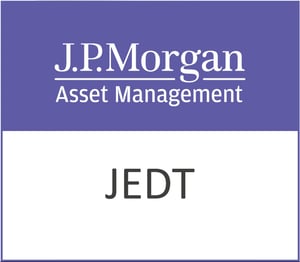BP p.l.c. (BP.L), a stalwart in the energy sector, continues to capture investor attention with its robust dividend yield, despite facing headwinds in revenue growth. As an integrated oil and gas company, BP operates across various segments, including gas & low carbon energy, oil production, and customer products. With its headquarters in London, BP remains a significant player in the UK and global energy markets.
Currently trading at 359.4 GBp, BP’s stock has shown a marginal price change of 0.01%, indicating stability amidst market fluctuations. The stock has experienced a 52-week range between 331.70 and 526.30 GBp, reflecting the volatility inherent in the energy sector. While the trailing P/E ratio is not available, the forward P/E stands at a staggering 611.63, raising questions about future earnings expectations. This figure suggests that the market may have priced in significant future growth or that the earnings forecast needs closer examination.
BP’s dividend yield is a notable highlight, standing at an impressive 6.73%. However, the payout ratio of 1,316.37% is a red flag that may cause concern regarding the sustainability of such dividends. It implies that BP is paying out more in dividends than it currently earns, which could be unsustainable in the long run unless bolstered by improved earnings or external financing.
The company’s revenue growth has taken a hit with a decline of 12.90%, a factor that investors should consider when evaluating BP’s growth prospects. Free cash flow remains strong at over $17 billion, providing a buffer to support its dividend policy and potential investments in renewable energy projects.
Analyst ratings for BP paint a mixed picture, with five buy ratings, thirteen hold ratings, and no sell ratings, suggesting a cautious optimism. The average target price of 462.27 GBp hints at a potential upside of 28.62%, which could be enticing for risk-tolerant investors.
Technical indicators reveal that BP is currently trading below its 50-day and 200-day moving averages of 420.03 and 414.28, respectively. The relative strength index (RSI) at 32.25 suggests that BP may be oversold, potentially presenting a buying opportunity, while the MACD and signal line values indicate bearish momentum.
BP’s strategic focus on transitioning to low carbon energy sources, including solar, wind, and hydrogen, positions it well for the future shift towards sustainable energy. The company’s involvement in EV charging, bioenergy, and carbon capture also highlights its commitment to diversifying its energy portfolio.
For investors, BP offers a complex blend of challenges and opportunities. The high dividend yield is attractive, yet the sustainability of this yield is questionable without improvements in earnings and revenue growth. The company’s strategic pivot towards renewable energy could unlock future value, but the path is fraught with industry-specific and regulatory challenges.
As BP navigates its way through these turbulent times, its ability to balance traditional energy operations with aggressive investments in renewables will be crucial in defining its long-term success and appeal to investors.






































